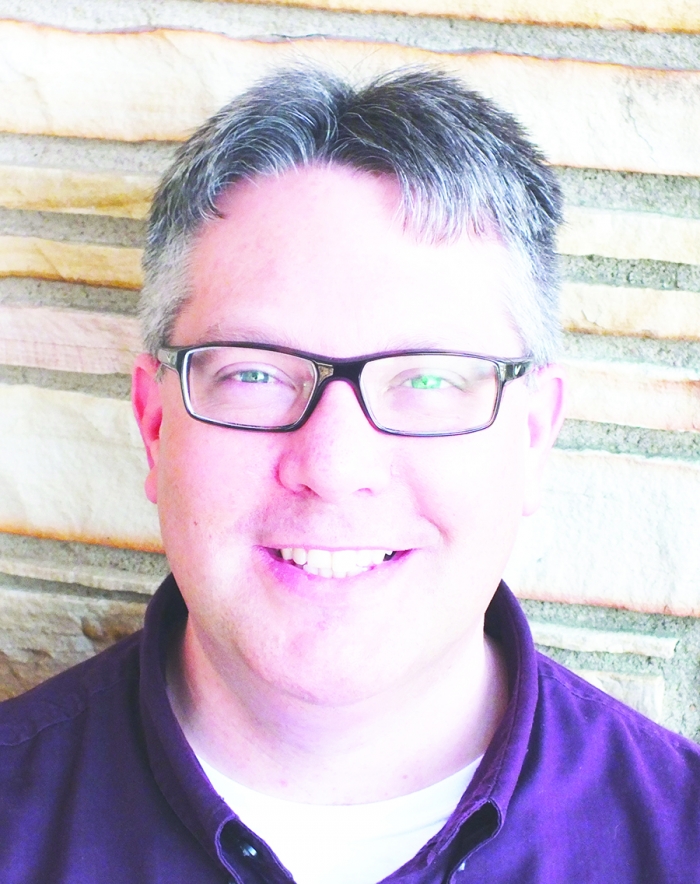Where the water is

By John Dilmore
It would be nice if the simple things in life stayed simple -- if the things we’ve grown to rely upon, day in and day out, could be counted on to remain rock-solid. Another way of saying that: if taking things for granted actually worked, all our lives -- as individuals and communities -- would be more comfortable and predictable.
But life’s more complex. That’s why the concept of “taking things for granted” exists. It’s easy to become complacent with an embarrassment of riches, but given enough time, enough change, abundance can easily become scarcity. It’s best to think and plan ahead -- especially when it comes to items of necessity or resources of great value, like water.
I’ve learned in the short time I’ve been in northeast Texas that issues related to water are anything but simple. Large metropolitan areas where nothing related to future availability of water is being taken for granted are planning long-term, and among their ideas is moving water from the Sulfur River Basin supplying this part of the state.
On the part of those areas, which include the Dallas Metroplex, it’s sound thinking. It makes sense for anyone hunting water to familiarize themselves with where to find some and plan accordingly.
But another thing apparent is that there’s a lot of planning being done in northeast Texas to make sure the future water needs of this region are also met. As Riverbend Water Resources District head Liz Fazio-Hale said while speaking in Atlanta a couple of weeks ago, it’s imperative that the water needs of this area -- served by what’s been described as the largest underutilized basin in Texas -- are given priority.
“This basin, while it might be the most underutilized and there might be water available to send out-of-basin, we still need to take care of our needs in-basin first,” Fazio-Hale said. “We’re not opposed necessarily to helping the rest of the state -- we don’t want to be known as ‘not us, don’t look at us’ -- but we have to take care of our needs first.”
That’s also sound thinking -- and more than that, essential. Among the topics Fazio-Hale covered while in town was a recent assessment aimed at gauging this area’s future water needs.
By using a different methodology, the study came up with demand numbers far greater than some used in the past -- which indicates the process of protecting this vital resource is still evolving.
One thing I learned listening to Fazio-Hale’s presentation is that an acre-foot -- a unit used to measure large volumes of water -- is equal to “a foot deep on a football field” or around 365,000 gallons.
The acre-foot by acre-foot importance of where and how the Sulfur River Basin’s water is used may not be fully appreciated within many of our lifetimes, but the planning being done now is something future generations of northeast Texans will be thankful for.
That kind of legacy is another of those things that can never be taken for granted.
John Dilmore is editor and publisher of the Atlanta Citizens Journal and Cass County Sun. He can be reached at john@casscountynow.com.
- Log in to post comments







